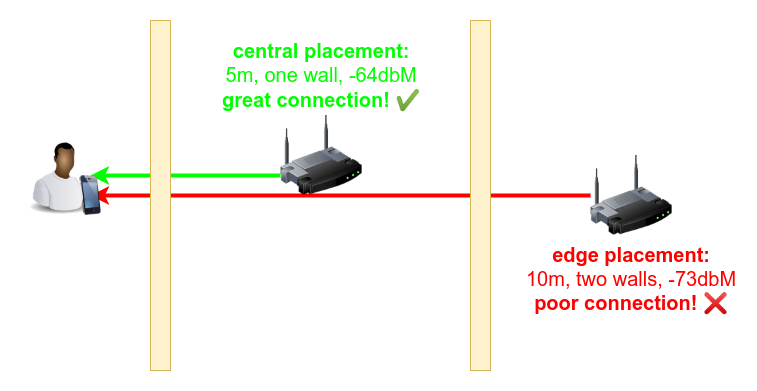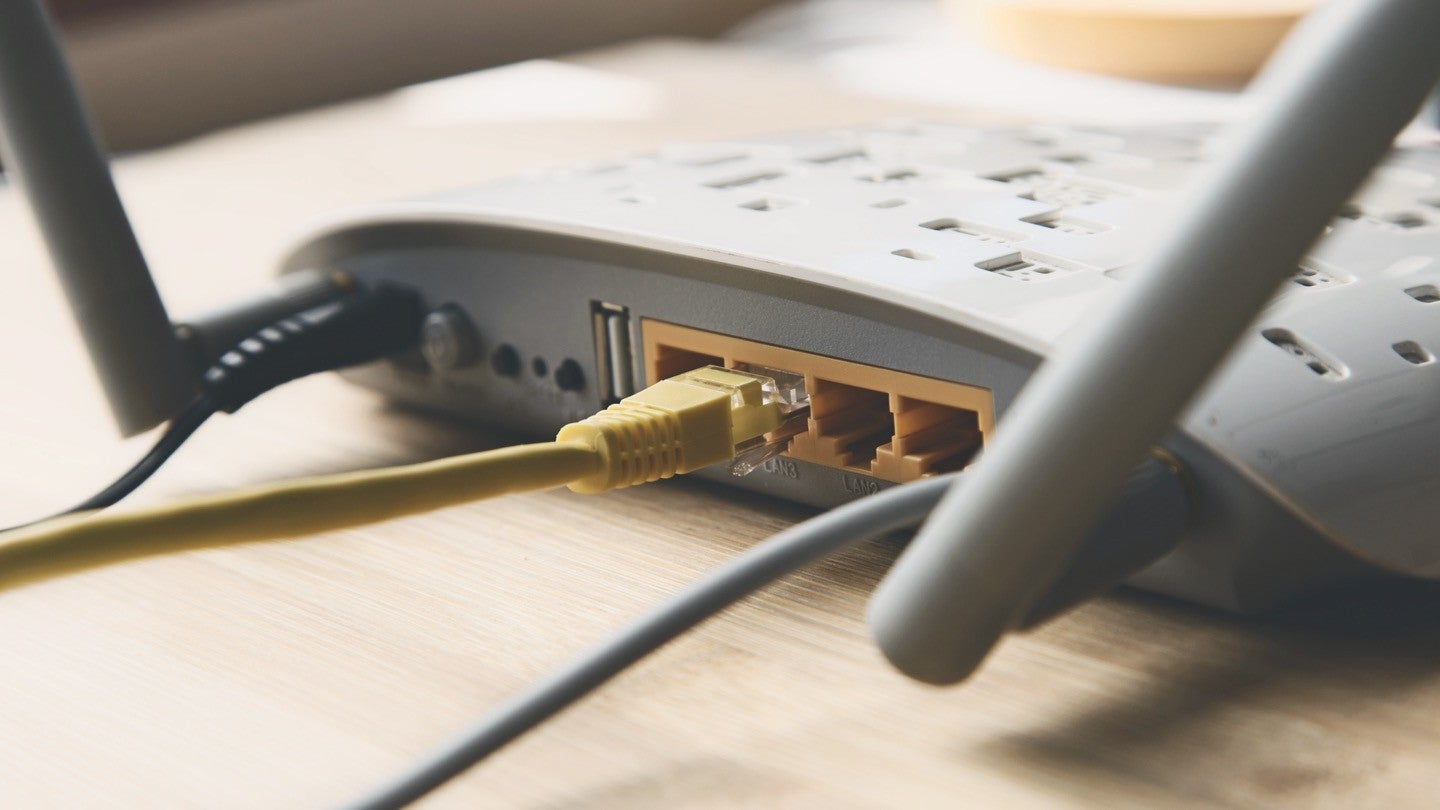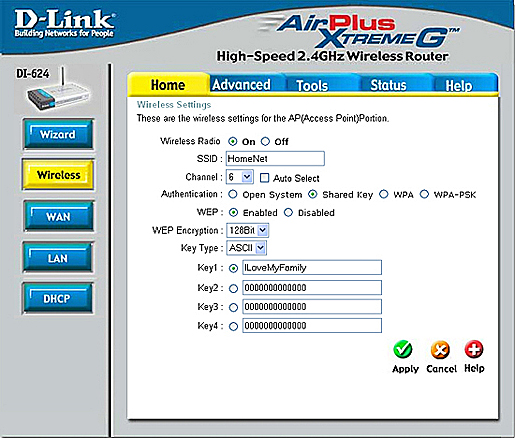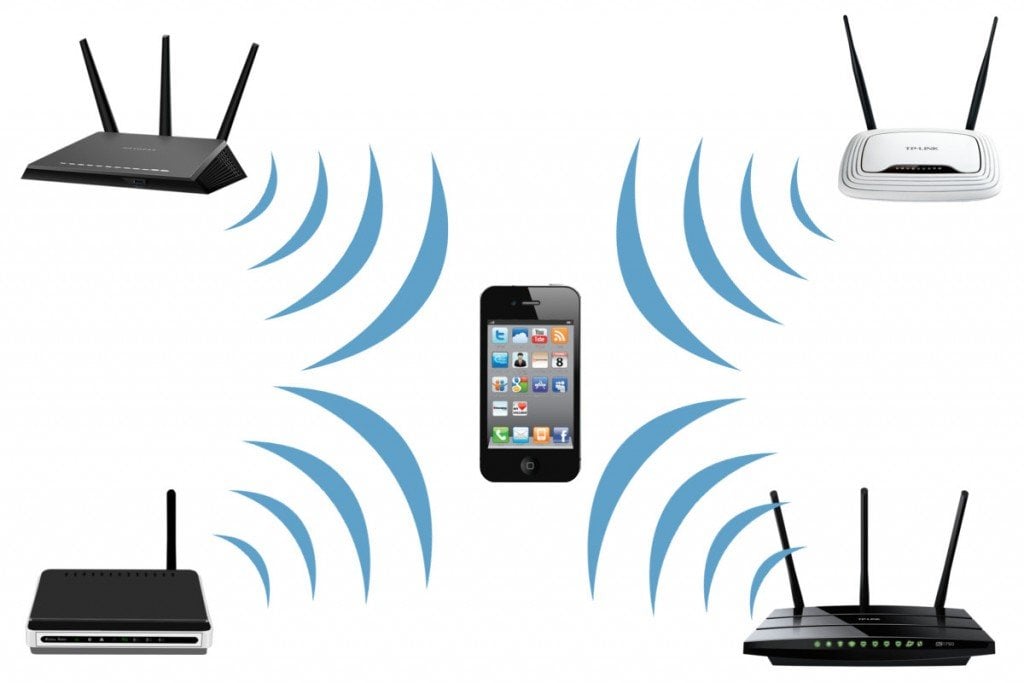

Routers tend to spread signals downward, so it's best to mount the router as high as possible to maximize coverage. But the improved wireless coverage will be worth it. It may require manually running a CAT5 cable under the floor or enlisting the help of powerline network adapters.

Installing a router across the house from the modem may prove troublesome. It's best to move the router to a central location to optimize the signal. Routers send the signal out in all directions, so if it's left in the corner of your home, a significant percentage of your wireless coverage is being sent outside your home. But it's unlikely that this is an optimal location to have your router. It's tempting to just leave everything where the technician set it up. This is simply because that is where the line comes into the house and the technician's job is to set up the connection - not optimize your network. When you first move into a new home or apartment, the modem is usually installed along the wall in one of the far reaches of the house. +9 More Where should you place your router? Regardless of whether you have a single access point or a mesh network, where you place the primary access point still matters. To learn more, check out our list of the best mesh routers of the year and if you're not sure where to begin in choosing your next router, consult our buying guide. Once the main access point is installed, if you find a far corner of your home doesn't have solid wireless coverage, just add another node to that area. This will give you the fastest wireless speeds possible and the best overall coverage.įor bigger, multilevel homes, it's worth considering making the upgrade to a mesh network to offer consistent coverage throughout the entire house. That said, if your router is several years old, you may want to consider upgrading to a newer model with support for wireless 802.11ac and dual-band support. Not all routers are made equal and the size and layout of your home will determine what type of wireless network you need.įor most apartments and smaller homes (under 1,500 square feet), a single wireless access point should suffice. It all starts with choosing the right router or other equipment.


There are many different routers available: Wi-Fi routers, mesh networks and more. Read more: 11 ways to make your Wi-Fi faster Start with proper equipment


 0 kommentar(er)
0 kommentar(er)
